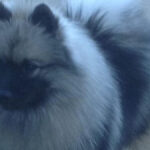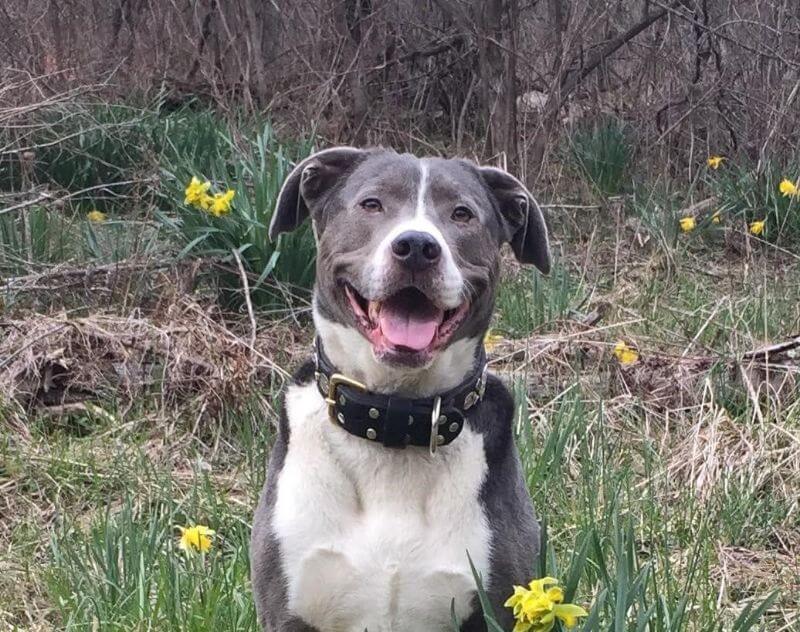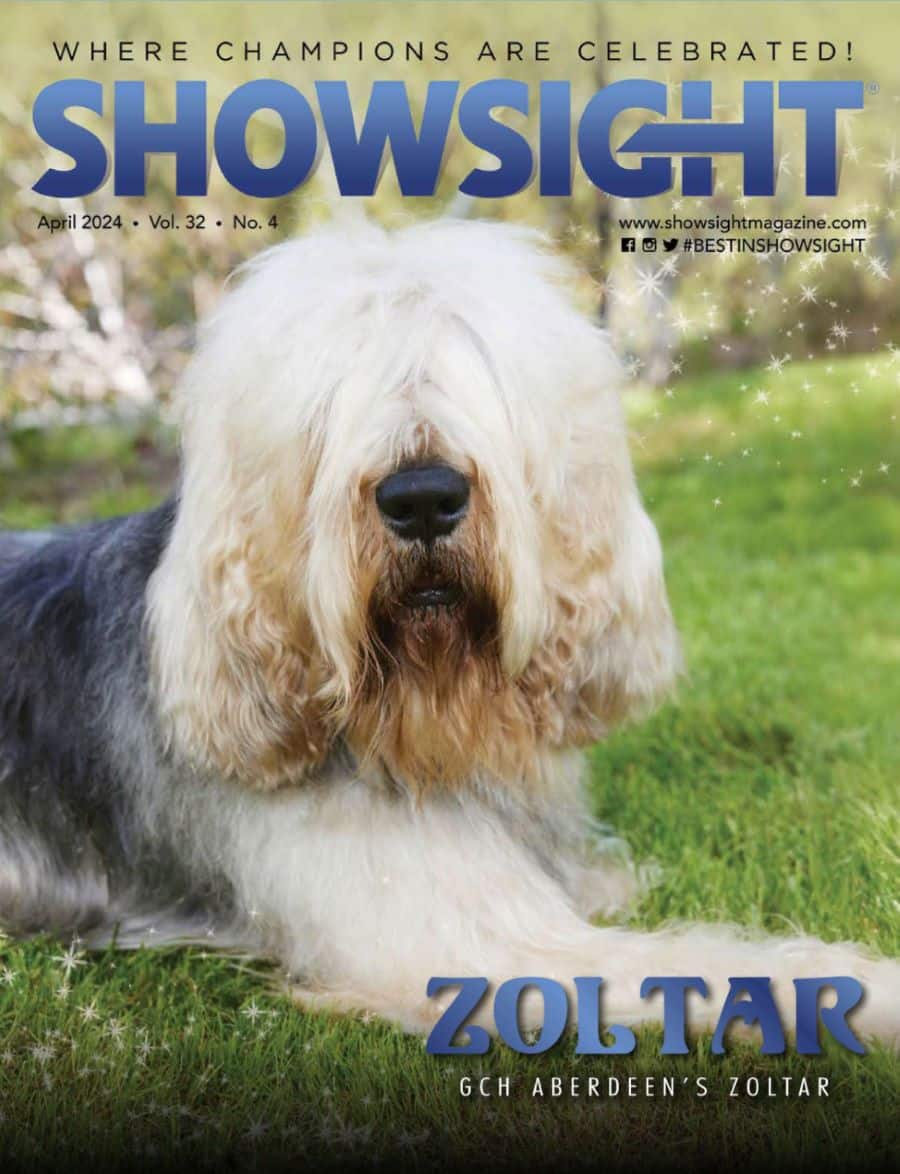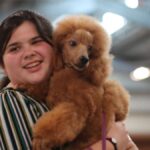Although Mountain Curs may be new to AKC, the breed started to take shape before America was settled. They were a necessity to the frontier family, and it is likely that the Southern Mountains could not have been settled without them. They were one of the biggest assets that the settlers had in the rough and unforgiving country of the mountains. Settlers needed a dog that could do all the work around the homestead, since it was not practical to keep and feed multiple dogs for different jobs. They guarded the family and livestock against wild animals or intruders, hunted food, and worked the farm.
They were used to catch, tree, or hole wild game for the family’s food. Until the 1940s, these dogs were part of the way of life for the frontiersmen. The men used money from sold furs that their dogs hunted to provide for their families. The decline of the fur market and the increase in city jobs was a huge factor in the declining numbers of the breed. The exact origins of this breed are undocumented, as there was no need for an official pedigree among the pioneers.
The Mountain Cur was declared a breed in 1957 with the organization of the Original Mountain Cur Breeders of America (OMCBA). At this time, there are three different registration organizations that AKC will accept into their registry; OMCBA, UKC, and Kemmer.
In modern days, the Mountain Cur excels at almost any task. They are super-athletic, high-energy, high-drive working dogs. They must have some kind of job or they will become bored and destructive. Obviously, they are a hunting breed, but if you’re not a hunter there are still many routes in dog sports to meet the breed’s needs. Curs have been titled in dog sports such as Obedience, Rally, Agility, Lure Coursing, Dock Diving, Conformation, Weight Pull, and more. There are several Cur service dogs as well. This is a breed that works WITH their people, and they do best when a solid bond is formed and balanced training methods are used.
The breed is normally wary of strangers and must be heavily socialized. They are working dogs and can also be stubborn and dominant as well, so it is advised to work with a professional trainer. They do well in the house with their family, but they can be very protective of their pack and home. It is definitely advised to supervise Curs with anyone who doesn’t live in the home. They also do not tolerate “rude” behavior well (kids pulling ears, overly friendly or dominant dogs, etc.). Children must be taught how to safely interact. The breed is extremely smart and will get into trouble if given the chance, especially if left unsupervised.
The Mountain Cur comes in a variety of colors, but never with more than one-third white markings. There is also no merle genetics in the breed. Colors are black, blue, blue brindle, yellow, red, brindle, and brown. The Cur can have tan or brindle trim and white markings. Ears should be drop and set high. Semi-erect ears are a fault. The tail can be any length. Rear dewclaws are preferred, but not required. The breed standard does allow for some variation in type, as this is primarily a working breed, but should always remain a sound, athletic, balanced dog, capable of hunting rough terrain for hours at a time.








